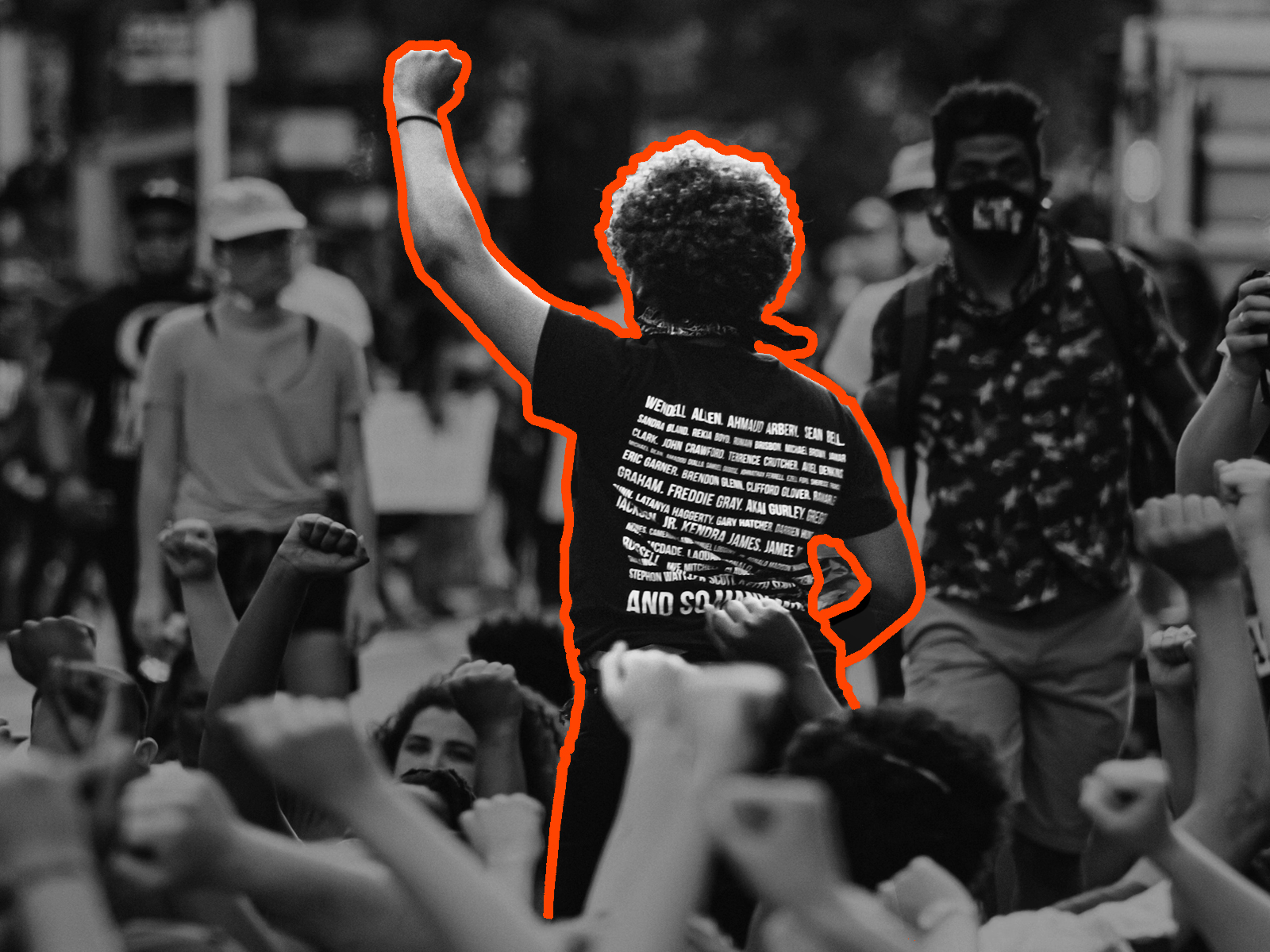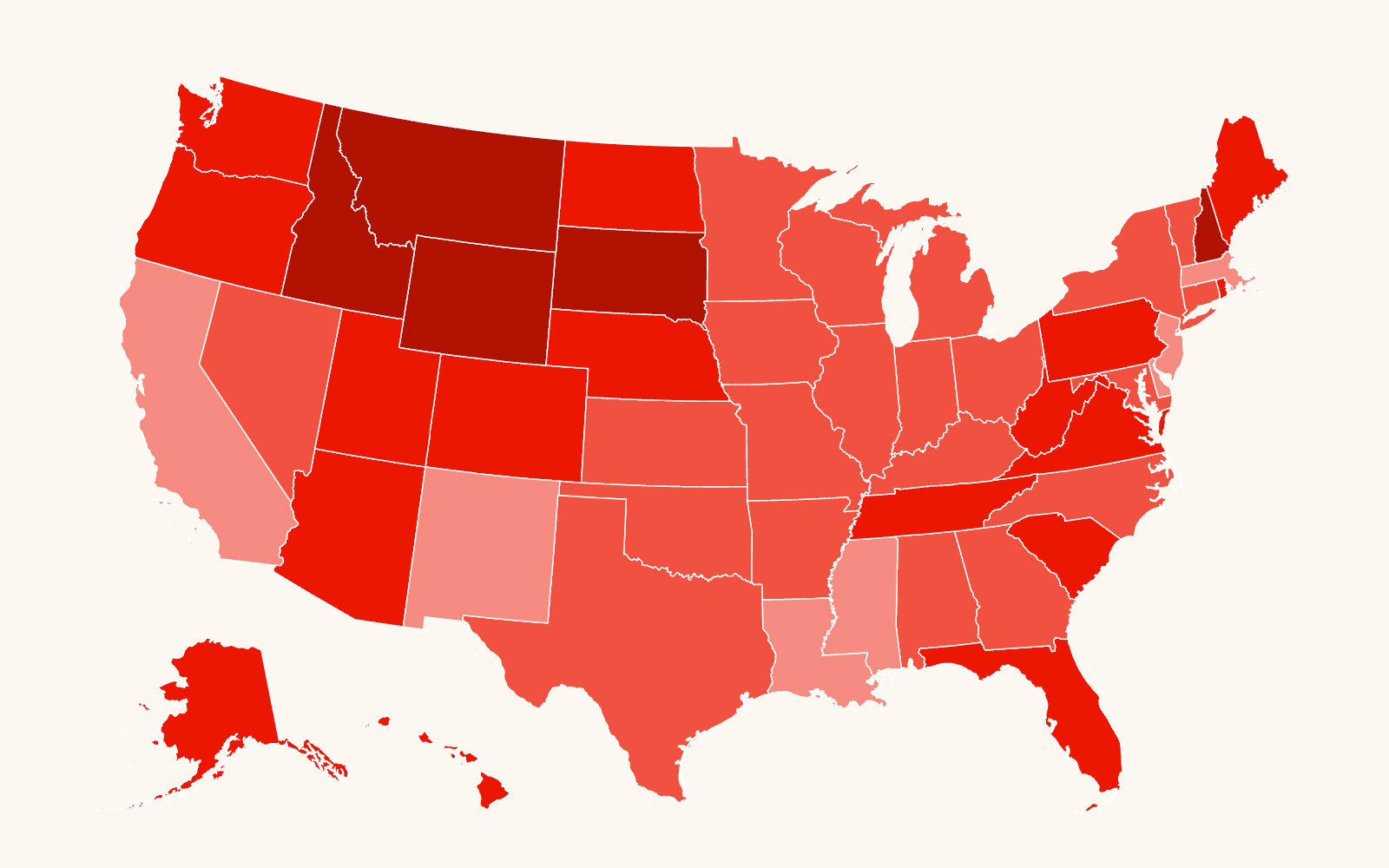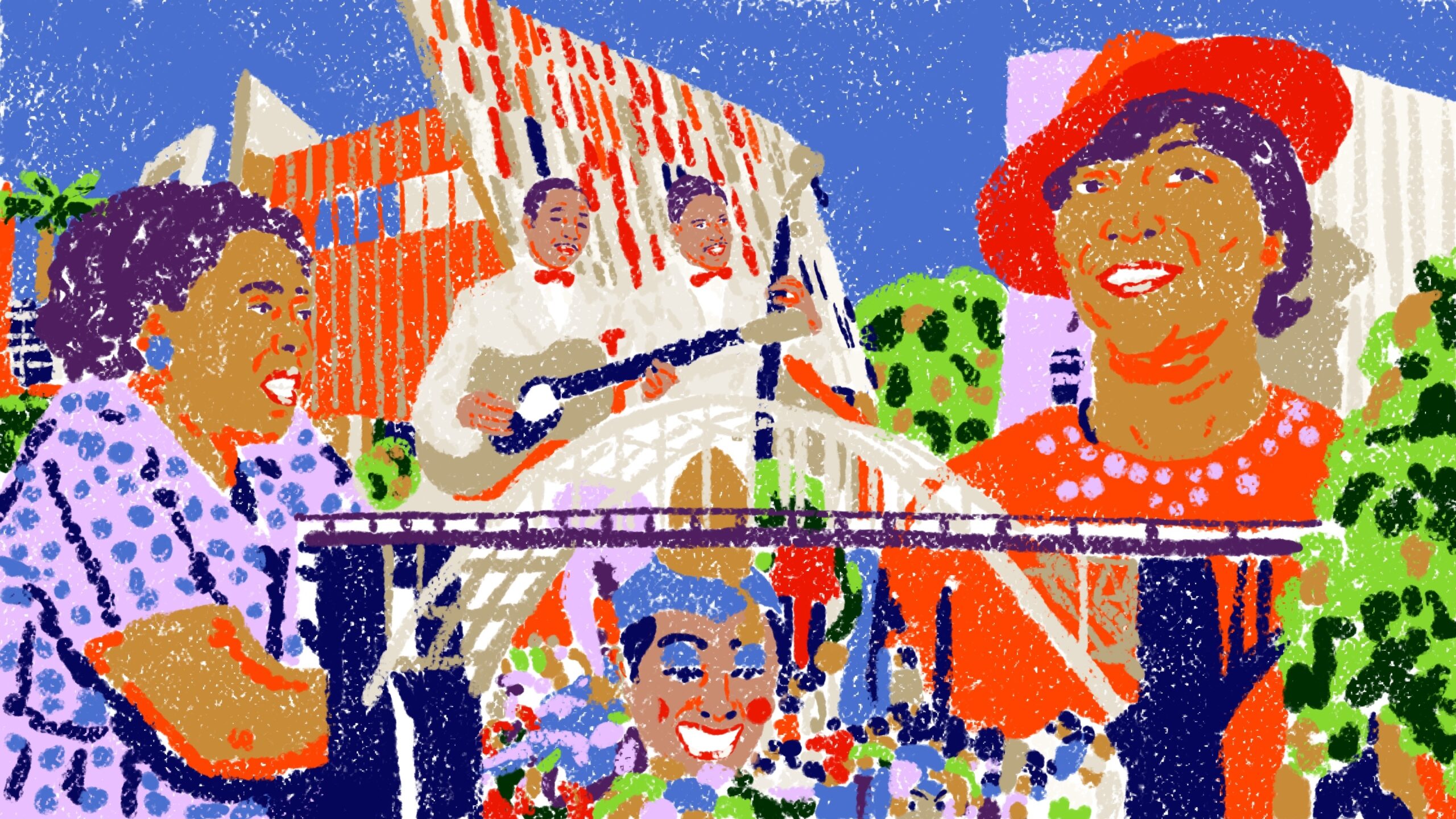Alabama, Florida, Georgia, Louisiana and Mississippi — known as the Deep South — are home to rich histories of strength and resiliency against all odds. Despite this perseverance, residents and communities across the Deep South are still experiencing the far-reaching consequences of funding cuts to vital programs supporting health care, housing, education, public infrastructure and more.
Our series Building Economic Opportunity in the Deep South explores the status of government assistance related to health care, infrastructure, income, housing and nutrition support available to residents of the Deep South. Across the region, people with low incomes are more likely to rely on these programs to meet their basic needs. For example, Alabama has one of the highest percentages of households experiencing financial hardship. And in Louisiana, Black residents have the highest poverty rate, with nearly half of all Black residents living below the poverty line. Indeed, these programmatic cuts place people experiencing poverty at risk of losing access to safe and stable housing, doctors and even food simply because they cannot afford it without assistance.
“The Opportunity Maps also document the real-life ramifications to funding cuts to programs that help people and families access their basic needs,” said Gina Azito Thompson, a policy analyst at the Southern Poverty Law Center. But hope is not lost — Building Economic Opportunity in the Deep South also provides recommendations that would help reprioritize government assistance to help people, families and communities across the Deep South reach their dreams.
Definitions to know
- In the U.S. Census, AIAN stands for American Indian and Alaska Native.
- The U.S. Census Bureau considers census blocks with more than 2,000 housing units or 5,000 people to be urban, while all other areas are rural.
- Citizen Voting Age Population – includes US citizens who are of voting age (18 years of age or older). This population may include individuals who are ineligible to vote for reasons other than lack of citizenship or who are under 18 years of age and preregistered.
- Disability numbers include both physical and mental difficulties.
- Food insecurity – when people do not have enough to eat or know where their next meal will come from.
- Medicaid is a government-funded health insurance program that provides free or low-cost medical coverage to individuals and families with low incomes.
- In the U.S. Census, NHPI stands for Native Hawaiian and Pacific Islander.
- Owner-occupied homes are those inhabited by the owner of the home.
- The Census Bureau defines the poverty line as the minimum income needed for a family or individual to meet basic living expenses. It is based on nationally set income thresholds that vary by family size and composition but do not change by location.
- The Supplemental Nutrition Assistance Program (SNAP), formerly known as food stamps, provides monthly food assistance and support for purchases of healthy food for working families with low-incomes, adults with low incomes age 60 and older, and disabled people with fixed incomes.
- The WIC program is a federally funded nutrition assistance program that provides supplemental nutritious foods, nutrition education, breastfeeding support, and health care referrals to pregnant people with low incomes, postpartum and breastfeeding parents, and infants and children who are at risk of malnutrition.
Illustration by Luis Mazón



